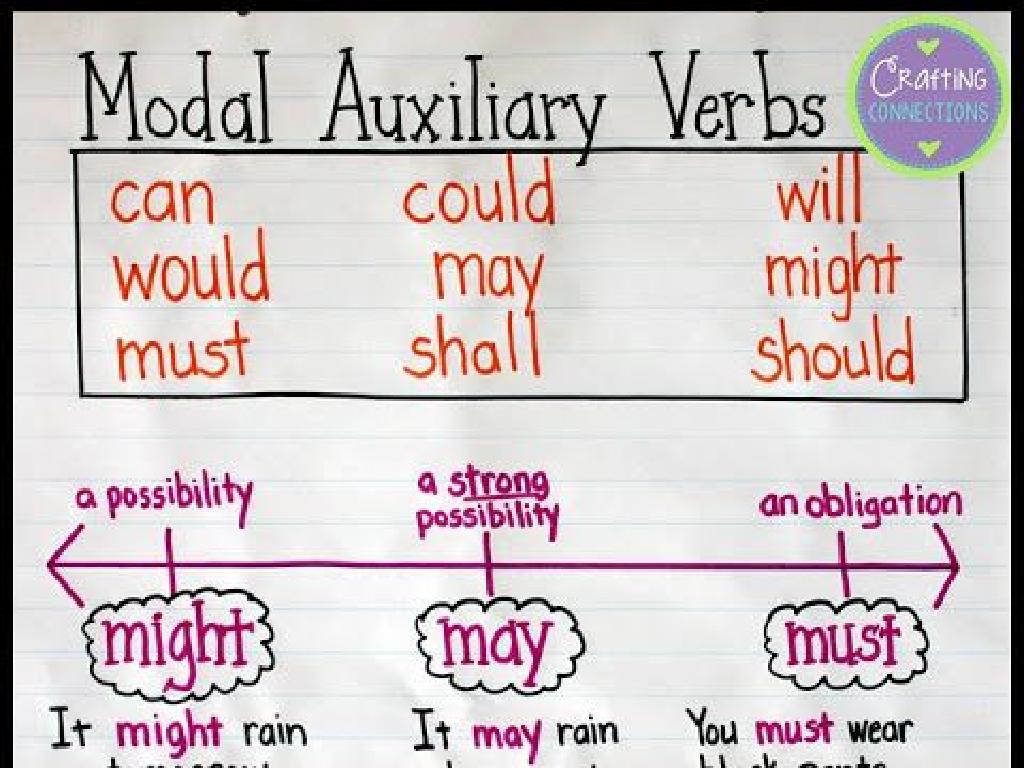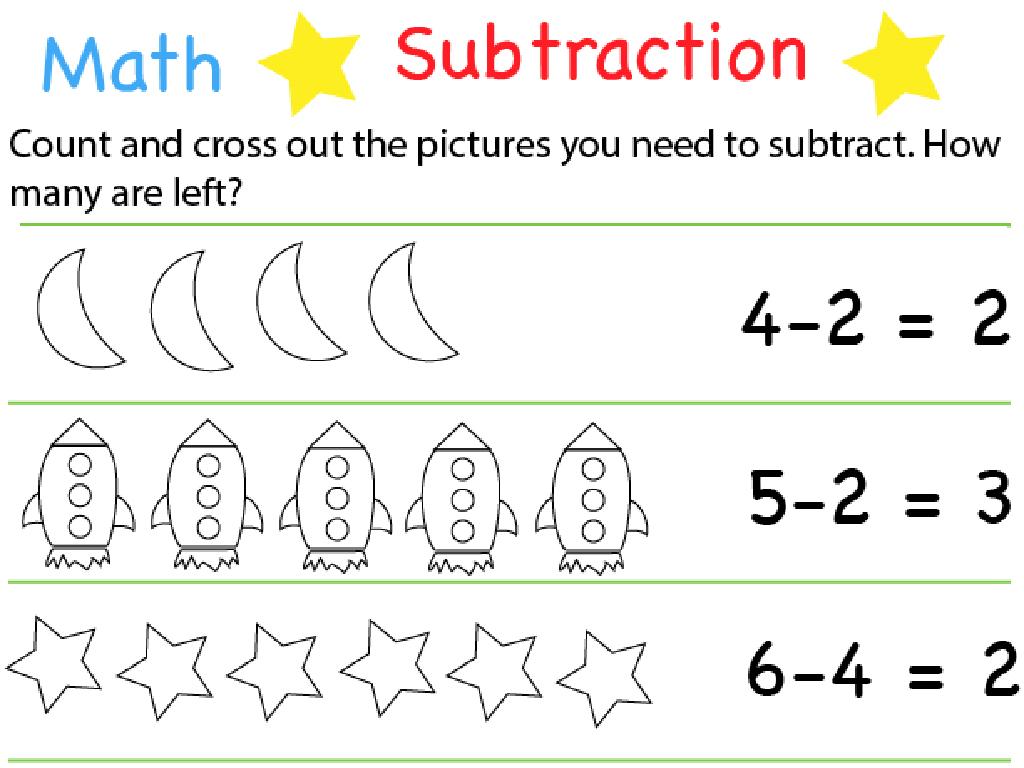Jamestown: The Early Years
Subject: Social studies
Grade: Fourth grade
Topic: English Colonies In North America
Please LOG IN to download the presentation. Access is available to registered users only.
View More Content
Welcome to Jamestown: The First English Colony
– Jamestown: The first English colony
– Established in 1607, in what is now Virginia.
– What was Jamestown?
– It was the first permanent English settlement in North America.
– Jamestown’s role in history
– It marked the beginning of the United States as a country.
– Why remember Jamestown?
– Understanding Jamestown helps us learn about the survival and growth of early American settlers.
|
This slide introduces students to Jamestown as the first English colony in North America, established in 1607. Emphasize the significance of Jamestown in American history as the starting point of what would become the United States. Discuss the challenges faced by the settlers, the interactions with Native Americans, and the development of the colony. Encourage students to think about how life in Jamestown compares to their life today and why it’s important to remember and learn from our history. This will set the stage for further discussions on the impact of colonization and the evolution of American society.
Journey to the New World: Jamestown’s Voyage
– The voyage from England
– A long trip across the Atlantic Ocean
– Settlers’ life on the ship
– Crowded, limited space, and sea sickness
– Challenges during the journey
– Storms, limited food, and fear of the unknown
– Arrival in North America
|
This slide aims to give students a glimpse into the journey of the Jamestown settlers as they traveled from England to North America. Discuss the length of the voyage and the vastness of the Atlantic Ocean to help students imagine the scale of the journey. Highlight the daily life of settlers on the ship, including the cramped conditions and the challenges they faced, such as sea sickness and limited fresh food and water. Address the various challenges during the journey, including storms and the emotional toll of traveling to an unknown land. The absence of a sub_content for the arrival indicates that the focus here is on the journey itself, not the destination. Encourage students to empathize with the settlers and consider how they would feel on such a voyage. This will set the stage for understanding the early years of the Jamestown settlement.
Jamestown: Arrival and Settlement
– Why Jamestown’s location was chosen
– Settlers picked a spot they thought was safe and good for trade.
– First buildings settlers made
– They built a fort, church, and houses to live in.
– Interactions with Native Americans
– They traded goods with the Powhatan tribe but also had conflicts.
|
This slide introduces students to the early stages of the Jamestown settlement. Discuss the reasons why the settlers chose the specific location for Jamestown, such as the defensive advantages and the potential for trade. Highlight the types of structures the settlers constructed initially, emphasizing their basic needs for shelter and protection. Explore the complex relationship between the Jamestown settlers and the Native American tribes, particularly the Powhatan, focusing on both the trade and the conflicts that arose. Encourage students to think about what it would have been like to choose a location for a new settlement and to build a community from scratch.
Daily Life in Jamestown
– Settlers’ roles and jobs
– Farmers, blacksmiths, and leaders were some of the jobs.
– Food, clothing, and shelter
– Corn and beans for food, animal skins for clothes, wooden homes.
– Children’s daily life
– Children helped with chores and learned skills from parents.
– Games and education
– Played games like marbles and learned through storytelling.
|
This slide aims to give students a glimpse into the everyday life of the Jamestown settlers. Discuss the various roles and jobs that were essential for the survival of the colony, such as farming, blacksmithing, and governance. Highlight the types of food they grew and ate, the clothing they wore, and the kind of shelters they lived in. Explain how children contributed to the colony by helping with chores and learning from their parents. Emphasize the importance of play and education through games and storytelling. Encourage students to compare life in Jamestown with their own, fostering a deeper understanding of historical lifestyles.
Survival and Struggles in Early Jamestown
– Understanding ‘Starving Time’
– A difficult period when colonists faced starvation
– Searching for food and resources
– Exploring nature, trading with Native Americans
– The role of leadership
– Leaders made tough decisions for survival
– Building a strong community
– Working together was key to overcoming hardships
|
This slide aims to teach students about the hardships faced by the Jamestown settlers during the ‘Starving Time,’ a period of extreme famine and difficulty. Emphasize the importance of resourcefulness as the settlers searched for food and other resources to survive. Discuss how strong leadership was crucial during this time, as good decision-making could mean the difference between life and death. Highlight the significance of community and teamwork in overcoming the struggles of early colonial life. Encourage students to think about how they would have contributed to their community if they were part of the Jamestown colony.
Growth of Jamestown Colony
– Tobacco farming begins
– John Rolfe introduced tobacco, which became very popular and profitable.
– Jamestown expands
– As tobacco farms grew, so did the need for land, leading to a larger settlement.
– Trading with England
– Tobacco was sent to England, and in return, Jamestown received supplies and more settlers.
– Exchanging goods with colonies
– Jamestown traded tobacco and other goods with nearby colonies, creating a network of trade.
|
This slide focuses on the significant growth of the Jamestown colony due to the introduction of tobacco farming by John Rolfe. Tobacco quickly became a cash crop, leading to the expansion of the settlement as more land was needed for cultivation. Emphasize the importance of trade in the colony’s development, both with England, which provided vital supplies and new settlers, and with other colonies, which helped establish a trade network. Discuss how these factors contributed to Jamestown’s prosperity and longevity. Encourage students to think about how one crop can change the fate of an entire settlement and the role of trade in a community’s growth.
Jamestown’s Legacy
– Jamestown’s influence on colonies
– First successful English settlement, setting a pattern for others.
– Democracy’s roots in Jamestown
– Introduced self-government with the House of Burgesses in 1619.
– Jamestown’s impact today
– Historical tourism site, teaching us about colonial life.
– Why Jamestown still matters
– Reminds us of the challenges and triumphs of the early settlers.
|
This slide aims to highlight the significance of Jamestown in American history. It was the first successful English colony, which served as a blueprint for future settlements. Jamestown also played a pivotal role in the development of democratic principles through the establishment of the House of Burgesses, America’s first elected assembly. Today, Jamestown is a vital historical site that offers insights into the lives of the early colonists. It’s important for students to understand how the struggles and achievements of Jamestown’s settlers laid the foundations for the United States as we know it. Encourage students to think about how these early events have shaped the democratic principles and societal structures present in modern America.
Class Activity: Create Your Jamestown
– Divide into groups for model building
– Assign settler roles within groups
– Choose roles like leader, farmer, builder, etc.
– Build your Jamestown model
– Use materials to represent houses, fort, etc.
– Plan and present survival strategies
– Discuss food, shelter, defense, and cooperation
|
This interactive group activity is designed to help students understand the challenges faced by the settlers of Jamestown. By dividing the class into small groups, students will collaborate to build a model of Jamestown, assigning roles to each group member to reflect the different responsibilities within the colony. Encourage them to think critically about the resources and strategies necessary for survival. Possible roles include leader, farmer, builder, and scout. Materials for the model can include cardboard, craft sticks, and clay. Each group will present their model and explain their survival plan, covering key aspects such as securing food, building shelter, establishing defense mechanisms, and fostering cooperation among settlers. This activity will help students empathize with the settlers and engage with the historical content in a hands-on way.






